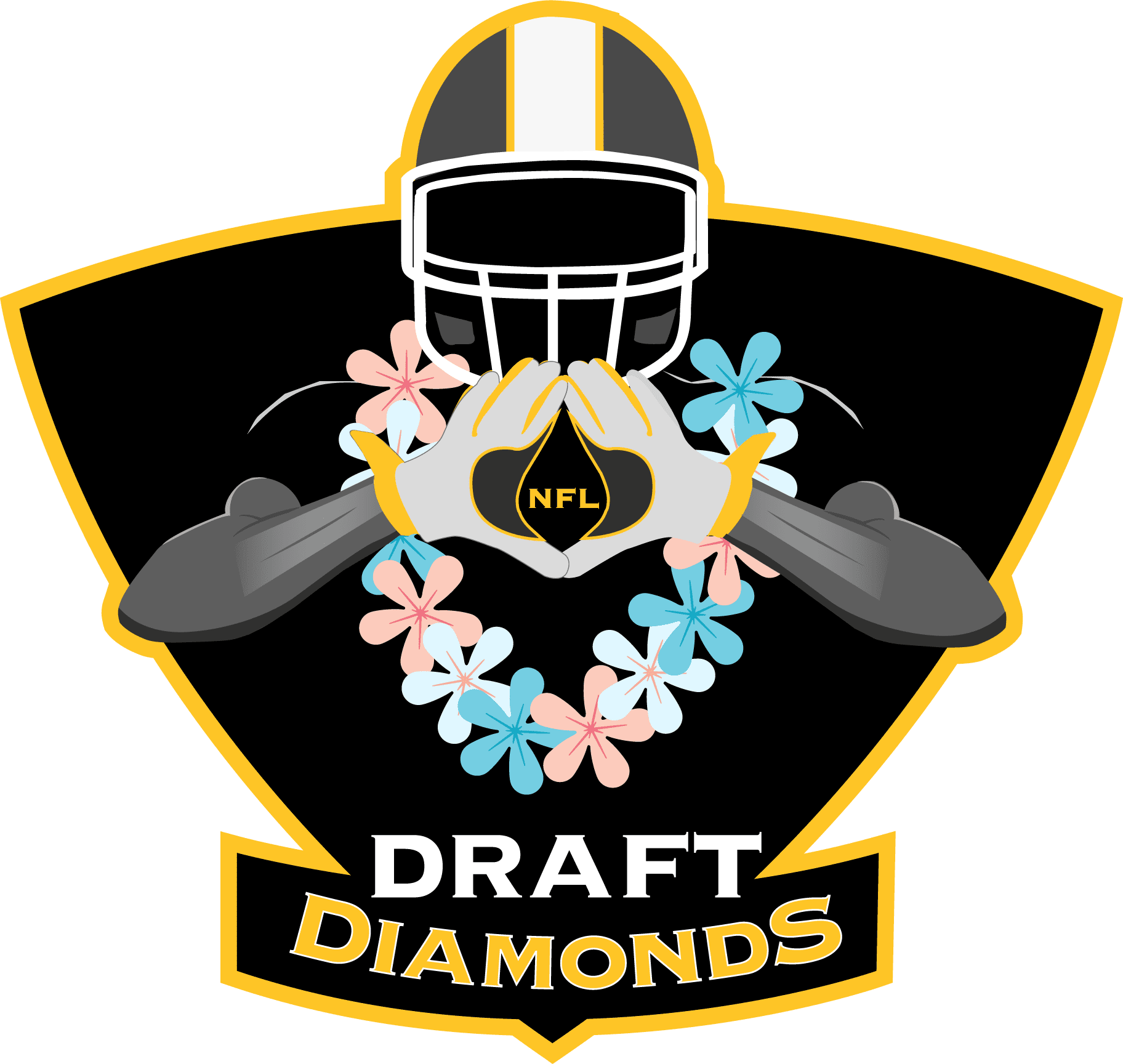How serious is dealing with pain management in the NFL?

Pain management is a significant issue in the National Football League (NFL) and professional sports in general. The physically demanding nature of football often leads to injuries, chronic pain, and long-term health concerns for players. I want to review a few things about pain management in the game we all love. It has become a serious talking point to NFL players and legends.
Here’s an overview of pain management in the NFL:
- Injuries and Pain: Football players frequently experience injuries due to the high-impact nature of the sport. These injuries can result in acute pain, which requires immediate attention and treatment. Additionally, players may develop chronic pain due to repeated injuries or wear and tear over their careers.
- Medical Staff: NFL teams have medical staff, including team doctors, trainers, and therapists, who work together to manage players’ injuries and pain. These professionals are responsible for diagnosing injuries, creating treatment plans, and implementing pain management strategies.
- Pain Medication: Pain medication, both over-the-counter and prescription, is often used to manage acute pain in NFL players. However, the misuse and overreliance on painkillers have been concerns in the league. There have been cases where players have faced issues related to addiction and side effects of pain medications. While the NFL has not allowed players to use marijuana fully like the NBA, but they should absolutely begin to look at other options like CBD which is on the rise in sports.
- Concussions and Chronic Traumatic Encephalopathy (CTE): Concussions are a significant concern in football due to the risk of traumatic brain injury. Players who suffer repeated concussions may develop chronic traumatic encephalopathy (CTE), a degenerative brain condition linked to mood disorders, cognitive decline, and physical symptoms. Managing the pain and long-term effects of concussions is a complex challenge.
- Alternative Therapies: In recent years, NFL players and teams have shown increased interest in alternative therapies for pain management. These can include techniques like acupuncture, chiropractic care, physical therapy, massage therapy, and more. These approaches aim to address pain and promote healing without relying solely on medication.
- Rules and Regulations: The NFL has implemented rules and regulations related to pain management, including guidelines on the use of pain medications and treatment methods. There is a focus on player safety and preventing the misuse of drugs.
- Retired Players and Long-Term Effects: Many retired NFL players continue to deal with chronic pain, injuries, and long-term health issues even after their playing careers have ended. The NFL has faced criticism and legal challenges related to how it addresses the healthcare needs of retired players.
- Research and Education: The NFL and various medical organizations have invested in research to better understand pain management, injury prevention, and the long-term effects of playing football. Education about proper training techniques and injury prevention is crucial for players at all levels.
Overall, pain management in the NFL is a complex and evolving topic. The league and medical professionals continue to work together to find effective ways to address pain, injuries, and the overall well-being of players, while also promoting safety and responsible use of pain management strategies.
![]()

NFL Draft Diamonds was created to assist the underdogs playing the sport. We call them diamonds in the rough. My name is Damond Talbot, I have worked extremely hard to help hundreds of small school players over the past several years, and will continue my mission. We have several contributors on this site, and if they contribute their name and contact will be in the piece above. You can email me at nfldraftdiamonds@gmail.com
